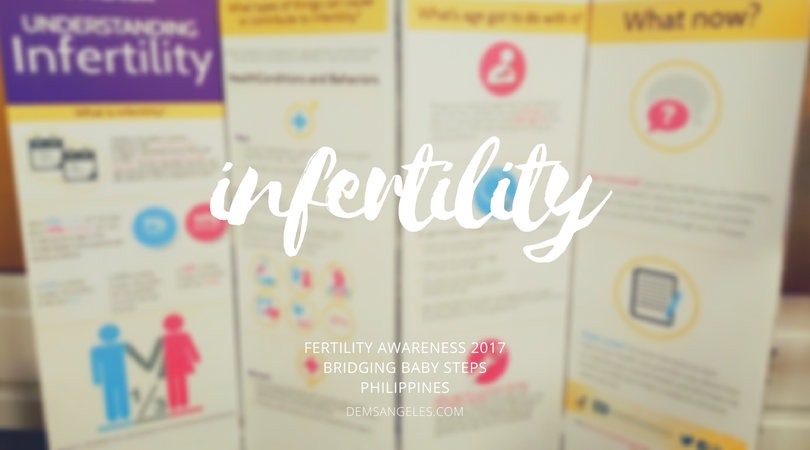Getting pregnant seems simple yet it’s not as easy for everyone. Let’s talk about infertility and what childless couples can do.
Egg + sperm + right time = baby… right? Not all the time. Some couples might be having difficulty getting pregnant even after a year or more of adequate cohabitation. Your doctor may refer it to as infertility.

The cause depends on a number of factors such as health conditions ad behaviors, age and genetics. Certain medications (testosterone gels/patches to treat “low T”) or testicular injury/overheating affect the fertility among men. Also, exposure to chemicals, cancer and/or exposure to radiation or chemotherapy, stress, health conditions (diabetes, heart disease, obesity, high blood pressure and autoimmune diseases), smoking and/or alcohol and drug abuse or sexually transmitted infections (STIs) are concerns for both men and women.
Below you can find commonly asked questions about the condition answered by Philippine infertility specialists:
What infertility treatment options are available in the Philippines?
| Treatment | Prerequisites | Chances of getting pregnant |
| Ovulation Induction + Follicle Monitoring + Timed Intercourse | There should be a good quality egg. The Fallopian tubes have to be open. There should be an adequate number of rapidly swimming and “good-looking” sperms. | 20-30 years old: 25% above 35: <10% |
| Ovulation Induction + Follicle Monitoring + Intrauterine Insemination (IUI) | There should be a good quality egg. At least one of the Fallopian tubes have to be open. Total motile sperms inseminated: 5 million. | 15 – 20% per cycle |
| In Vitro Fertilization (IVF) | There should be a minimum number of developing follicles. The Fallopian tubes are not required. There should be a minimum number of “good-looking” sperms. | below 35: 41% 41-42 years old: <12% |
What’s the most effective treatment option?
The doctor first take these into consideration: what’s causing the infertility, how many years has the couple been trying to conceive, what investigations have been previously done and what treatment options have been performed.
For example, IUI or artificial insemination is a viable option for women who had one of their Fallopian tube taken out or had a previous case of ectopic pregnancy. On the other hand, IVF is recommended for those who had three cycles with IUI or partners with low sperm count.
Ultimately they will recommend to start with the least invasive, most cost-effective way to get pregnant.
How much would it cost?
The cost depends on a lot of factors. The younger the mother, the less medication will be used thus lower costs.
Dennis and Maurine Basilio, who waited to have children for 14 years and shared their IVF story during the event. They spent less than P500,000.

Where can we find IVF centers in the Philippines?
- In Vitro Fertilization, Davao Inc.
- Center for Reproductive Medicine (CRM)
- Center for Advanced Reproductive Medicine and Infertility (CARMI)
- Kato Repro Biotech Center
- Repro Optima
- Victory ART Lab Philippines
Ready to take the next step? Have yourself evaluated by a board certified Infertility Specialist.
Note: the information presented here are for educational purposes only. It was based from the talks of Dr. Anthony Marc B. Ancheta from The Medical City Hospital Department of Obstetrics and Gynecology and Dr. Leonardo A. Almeda, REI Cardinal Santos Medical Center. The informative session happened during the Fertility Awareness 2017: Bridging the Gap event hosted by Merck Philippines.


















